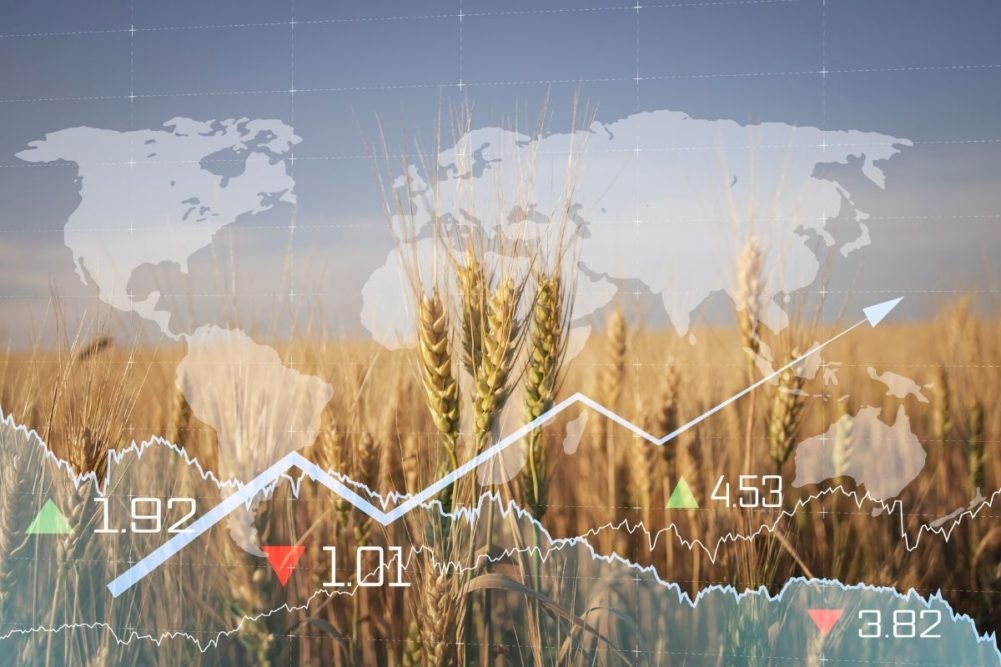ROME, ITALY — Driven by higher prices and transportation costs, rather than volumes, the global food import bill is expected to rise $51 billion to $1.8 trillion in 2022, according to the Food Outlook report issued June 9 by the Food and Agriculture Organization of the United Nations (FAO).
“In view of the soaring input prices, concerns about the weather, and increased market uncertainties stemming from the war in Ukraine, FAO's latest forecasts point to a likely tightening of food markets and food import bills reaching a new record high,” said FAO economist Upali Galketi Aratchilage, lead editor of the Food Outlook.
Issued twice a year, Food Outlook offers FAO's reviews of market supply and demand trends for the world's major foodstuffs, including cereals, oil crops, sugar, meat and dairy and fish. It also looks at trends in futures markets and shipping costs for food commodities. The new edition also contains two special chapters examining the role of rising prices for agricultural inputs, such as fuel and fertilizers, and the risks the war in Ukraine poses for global food commodity markets.
“Worryingly, many vulnerable countries are paying more but receiving less food,” the FAO said.
Animal fats and vegetable oils are the single biggest contributor to the higher import bills expected to be reached in 2022, although cereals are not far behind for developed countries. Developing countries, as a whole, are reducing imports of cereals, oilseeds and meat, which reflects their incapacity to cover the increase in prices.
World production of major cereals is expected to decline in 2022 for the first time in four years, while global utilization is also seen down, for the first time in 20 years. However, the use of cereals for direct food consumption by humans is not anticipated to be impacted, as the decline in total use is expected to result from lower feed use of wheat, coarse grains and rice.
World wheat stocks are set to increase marginally in the year, mostly due to anticipated build-ups of inventories in China, the Russian Federation and Ukraine.
Word maize (corn) output and utilization are forecast to hit new records, associated with greater ethanol production in Brazil and the United States as well as industrial starch production in China.
Global consumption of vegetable oils is predicted to outpace production, despite expected demand rationing.
Along with rising food prices – with the FAO Food Price Index (FFPI) near its all-time high and prices of several staples having registered large runups in the past year – the agricultural sectors are exposed to supply limitations due to rising input costs , in particular for fertilizers and fuels, that could spur further food price rises.
Farmers may reduce input applications or switch to crops that are less input-intensive, which would not only lower productivity but also negatively affect exports of key foodstuffs to the international markets, adding to the burdens faced by countries highly reliant on imports to meet their staple food needs.
The Global Input Price Index (GIPI), a new tool introduced by FAO in 2021, is now at an all-time high and has risen even faster than the FAO Food Price Index over the past 12 months.
For now, and based on current conditions, the situation does “not augur well for a market-led supply response that could conceivably rein in further increases in food prices for the 2022-23 season and possibly the next,” the report noted.
To read the full report, click here.






